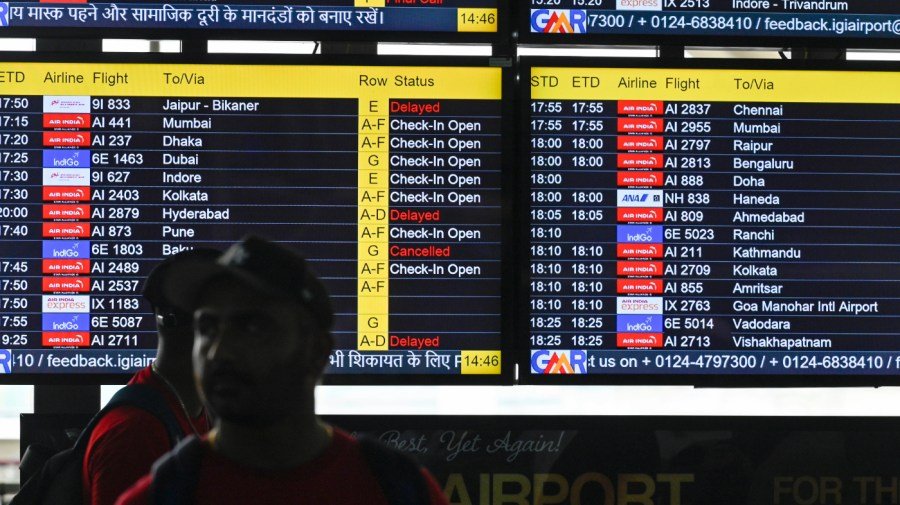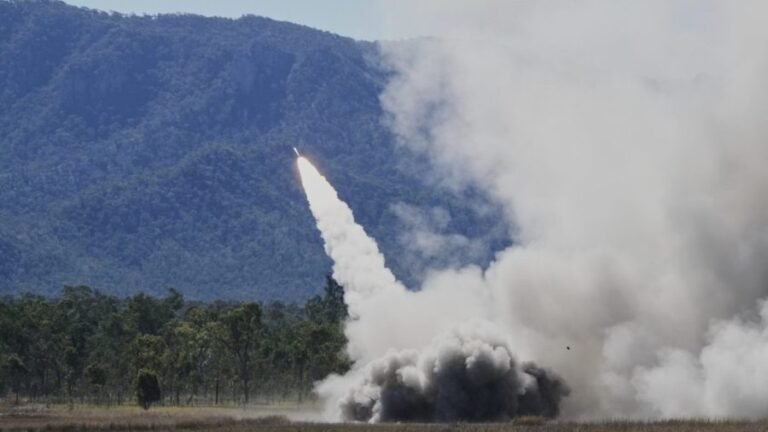
The recent Iran-Israel conflict has not only escalated regional tensions but also disrupted global aviation dynamics. As drones and missiles dominated the skies, the resulting airspace closures and rerouting exposed the vulnerability of commercial airlines to modern conflict zones.
With a cease-fire now in place, it is timely to examine how such military escalations ripple into civilian sectors, particularly the airline industry, which now faces heightened operational and financial uncertainty.
The abrupt closure of airspace in conflict-affected regions is undertaken to avoid overlapping trajectories of commercial and military aircraft, which may lead to accidents.
Commercial airlines are notably vulnerable in conflict-prone regions, as evidenced by past incidents like the downing of Azerbaijan Airlines flight 8243 in 2024 and Ukraine International Airlines flight PS752 in 2020.
Following Israel’s air strikes, Iran closed its airspace on June 13. Likewise, Jordan and Iraq temporarily closed their airspace, anticipating retaliatory strikes. As a result, air operations were curtailed in the Middle East, which hosts pivotal transit hubs of the world, including the United Arab Emirates and Qatar, amongst others.
Nearly 400,000 passengers transit through Dubai and Doha, with an additional 80,000 passing through the United Arab Emirates’ other air corridors. As the Israel-Iran-U.S. escalation grew, some American and European Airlines also canceled flights to the Middle East during volatile periods.
Qatar, UAE and Bahrain temporarily closed their airspace for several hours, given an imminent Iranian attack on American military bases. In fact, airspace across the region experienced widespread disruptions both before and during the attack on Al Udeid Air Base in Qatar.
While airspace reopened following the cease-fire between Iran and Israel, nearly 3,000 inbound and outbound flights have been affected since the start of the conflict.
Airspace closures trigger high-stakes chain reactions across the aviation ecosystem, creating complex challenges for air traffic control in managing incoming and outgoing aircraft. Flights routed to their destinations are forced to divert to safer locations, with subsequent aircraft using alternative routes, which can be much longer and costlier.
If such closures are prolonged, it can have a heavy financial impact. For instance, according to Al-Jazeera, Air India could face losses of nearly $600 million if Pakistan’s airspace ban remains in effect for a year.
Likewise, diverting routes through narrower, congested corridors increases the burden on both pilots and air traffic controllers. Furthermore, GPS jamming and spoofing in volatile areas can affect aircraft navigation, adding another layer of security risk.
On the ground, rerouting also comes with underlying operational challenges for airlines and airports, respectively. Scheduled flights have to face cancellations and delays. Existing flight schedules have to be revised and updated.
Airlines also have to enhance their customer service care services to address queries related to flight resumption, ticketing, rescheduling and refunds among others. In parallel, the maintenance crew has to remain vigilant in light of any potential contingency.
Changes in flight operations can lead to surging prices, impacting consumer behaviour. In a similar context, repeated warnings and advisories can erode customer confidence in affected regions. These implications apply to both passenger and cargo planes, significantly declining airline revenues.
Earlier, similar trends were witnessed during the Russia-Ukraine war. During the conflict, leading airlines terminated their operations in the region, an aspect that continues today.
Three years on, the region continues to witness intense drone and missile strikes. A recent incident in this regard is the Russian strike on Dnipro that killed 17 people.
According to FlightRadar24, as of now there is limited airline activity in Russia, Ukraine, Iran, Israel, Lebanon and Syria. In May, the India-Pakistan standoff also led both countries to impose airspace closures.
The growing reliance on air power through aircraft, missiles and drones in recent conflicts has further intensified these challenges. Moreover, during critical periods of conflict escalation, the cyber domain can be exploited by hostile entities to amplify disruptions and deepen instability.
In an era marked by ideological conflicts, technological disruptions and economic interdependence, the impact of conflict zones extends beyond geography.
The aviation sector is an indispensable pillar of global connectivity. Current developments suggest that any global crisis is likely to have a profound operational impact on the airline industry.
Looking ahead, airspace closure may become more frequent, and airlines would have to come up with innovative measures to deal with this impending challenge. From ground operations to in-flight safety, every layer of the aviation ecosystem will require reinforcement augmented via effective regulations.
Shaza Arif is a senior research associate at the Center for Aerospace and Security Studies, Islamabad.


